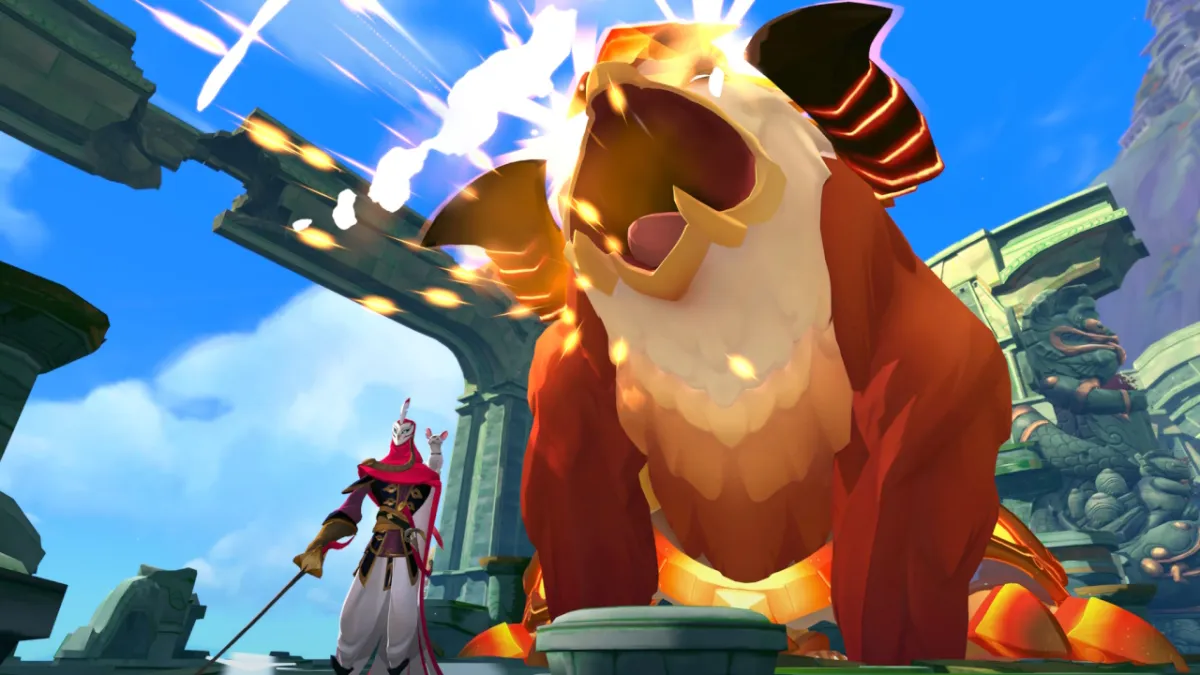Genuine stealth-based shooters are becoming an endangered species. Since the explosion in popularity of high-octane, balls-to-the-wall military outings typified by the likes of Modern Warfare and Battlefield 3, the gently-does-it approach has been dying a rapid death.
Some shooters, such as Rainbow Six: Vegas and Sniper Elite V2, would have you believe that a need to take cover, a smaller than average health bar and being greatly outnumbered constitutes a tactical shooter. It doesn’t. Those games are shooters through and through. In both of those games, if you’ve mastered the inputs well enough, you can run through the game in a complete disregard for tactics and rely solely on the ‘game’ aspects to pull you through.
Ghost Recon: Future Soldier is similar. It’s not a tactical shooter. At least, it’s not what I would call a tactical shooter. Guns handle like any other action shooter, enemies can’t see further than 30 feet, the pace is designed to be exhilirating rather than thoughtful and showdowns are forced rather than optional.
Yes, the use of tactics is required to see safe passage through a mission, but tactics are universal throughout all games. Modern Warfare 3 requires tactics, even if they only go as deep as working out where to take cover and reload. Future Soldier is that most modern of shooters, the faux-tactical shooter; requiring tactics that firmly inhabit the basic end of the strategy spectrum.
Then again, after the high-tempo nature of the Ghost Recon: Advanced Warfighter outings, we’re hardly surprised by Future Soldier’s direction.
Of course, this is not necessarily a bad thing – faux-tactical shooters (like Rainbow Six: Vegas) can be extremely enjoyable when they embrace their style and gameplay mechanics. When they go out of their way to pretend that they are something they’re not, though, they become somewhat patronising.
Future Soldier is almost like two different games that have been clumped together into a single package. Deeper than that, it’s like two games that have had their individual levels chopped in half and then pasted on top of one another. The result is an experience that can’t quite decide which is the dominant element; stealth or action.
Almost every mission in this story of terrorists/Russian coups/elite soldiers begins with a stealth raid into enemy territory, and ends with an explosive shootout after being found out and ambushed. And that’s not us playing badly; being found out is all part of the design. The most annoying bit about this is that the two distinct elements are fairly well done, it’s the way in which they’re connected that doesn’t work. There’s no subtlety, no tension, no drama and no fear of the unknown. It’s all so obvious.
There’s a mission about two-thirds of the way through the game that highlights the problem perfectly. Without going into spoiler-laden specifics, your job is to infiltrate a giant ship docked in an ice-covered wasteland. Alerting enemy patrols before entering the ship will cause mission failure and a restart, forcing you to keep your head down and stay out of trouble. You can take out enemies in silence, but if the body is found then you’re rumbled and it’s game over.
After stealth killing a few guys that had wandered off from the safety of the flood lights, ducked down behind crates to avoid being spotted and dashed from icy roads to get out of the way of cargo trucks, we find ourselves in the base. Unharmed, unseen and about to be unbalanced.
Things then take a very different turn. You must make your way to a control panel, within a strict time limit and past a multi-tiered room full of bad guys. It’s pure shootout against the clock. As I said before, that wouldn’t be a problem… so long as it didn’t happen on almost every level and remove any option of you being able to avoid it.
Looking past that stark contrast, there’s plenty for the future military geek to get stuck into. This generation’s crop of Ghost Recon titles have done a grand job in providing gadgets for you to use, and Future Soldier is no different. As long as you’re not standing or running too quickly you’re automatically cloaked in a layer of optical-camo, making you invisible to all but the closest of enemies. It’s all very Ghost in the Shell and Predator.
Elsewhere you’ve got drones that can fly and crawl, the ability to tag enemies and see their outline through buildings, magnetic vision, thermal vision, the usual crop of flash/smoke grenades and even a bi-pedal ‘warmachine’ giving you direct control over mobile mortar strikes and homing missiles. And that’s before you start on gun customisation, allowing you to select your own components; from triggers to sights, and from grips to barrels.
Within the strict stealth and action portions of the game, the gadgets do provide a degree of variety when it comes to tackling each situation. However, that taste of freedom makes the rigid structure of each level all the more difficult to swallow.
Perhaps Future Soldier’s biggest successes are its cover system and friendly AI effectiveness. When in cover a cursor appears behind over any nearby cover that you’ve centred the camera on, pressing and holding ‘A’ (on a 360 pad) will then send your soldier into a crouched run and automatically set guide them to the new position. By taking away some of that direct control, it solves any issues when it comes to accidentally sticking to cover or not initiating sprint early enough for you to slip by the patrolling guards while their backs are turned.
This being a game in which you always operate in a squad of four, things are more enjoyable if you play with three friends. However, if you plump for the AI option, you’ve got little to worry about in terms of their competence. On some sections it’s possible to progress without shooting your own gun, instead you can tag enemies and have your friends dispatch of them for you with a single bullet to the head.
Furthermore, they never seem to get spotted by the enemy and never stray too far from your side. It could be argued that the AI is too good, able to perform miracle acts of marksmanship and stay invisible no matter what. If this were a proper tactical-shooter that would be an issue (albeit one very difficult to balance), but it’s hardly a valid complaint given the action nature of at least 50 per cent of this game.
Visually, too, it’s lovely. Environments are varied, character models are well designed and detailed and the various filters when using your gadgets provide a genuine sense of bad ass soldiery.
Future Soldier, then, is a game that demonstrates great technical skill but fails to deliver the kind of mission design that makes it a must-play. The way it combines stealth with action is lazy and haphazard, as though it’s trying desperately to incorporated all the elements necessary to appeal to everyone – a futile goal.
In different hands perhaps, the gadgets, environments, visuals and stealth elements could well have been presented in a way that’s meaningful and memorable. As it stands, Future Soldier is a decent blast but one that frustrates due to the fact that it fails to live up to its potential.
Is it a tactical/stealth shooter or an action shooter? It’s a bit of both, and that’s the problem.



